Photo Gallery for Zeiraphera claypoleana - Buckeye Petiole Borer Moth | 36 photos are available. Only the most recent 30 are shown.
|
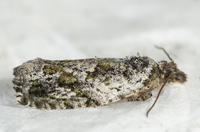 | Recorded by: John Petranka on 2024-05-08
Orange Co.
Comment: Reared from a larva collected April 1, 2024 on a withered leaflet of Painted Buckeye, Aesculus sylvatica. The adult eclosed on May 8. | 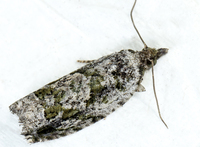 | Recorded by: John Petranka on 2024-05-08
Orange Co.
Comment: Reared from a larva collected April 1, 2024 on a withered leaflet of Painted Buckeye, Aesculus sylvatica. The adult eclosed on May 8. |
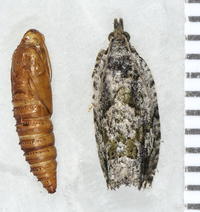 | Recorded by: John Petranka on 2024-05-08
Orange Co.
Comment: Reared from a larva collected April 1, 2024 on a withered leaflet of Painted Buckeye, Aesculus sylvatica. The adult eclosed on May 8. |  | Recorded by: Ken Kneidel on 2024-04-07
Mecklenburg Co.
Comment: |
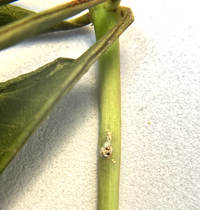 | Recorded by: Ken Kneidel on 2024-04-07
Mecklenburg Co.
Comment: |  | Recorded by: Ken Kneidel on 2024-04-07
Mecklenburg Co.
Comment: |
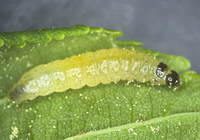 | Recorded by: John Petranka on 2024-04-01
Orange Co.
Comment: A larva collected April 1, 2024 on a withered leaflet of Painted Buckeye, Aesculus sylvatica. The adult eclosed on May 8 (see companion photo). | 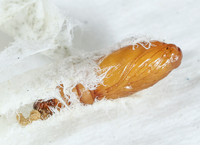 | Recorded by: John Petranka on 2024-04-01
Orange Co.
Comment: A pupa from a larva collected April 1, 2024 on a withered leaflet of Painted Buckeye, Aesculus sylvatica. The adult eclosed on May 8 (see companion photo). |
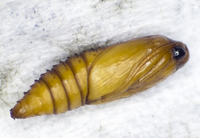 | Recorded by: John Petranka on 2024-04-01
Orange Co.
Comment: A pupa from a larva collected April 1, 2024 on a withered leaflet of Painted Buckeye, Aesculus sylvatica. The adult eclosed on May 8 (see companion photo). |  | Recorded by: David George on 2024-03-24
Chatham Co.
Comment: |
 | Recorded by: Stephen Dunn on 2024-03-20
Orange Co.
Comment: | 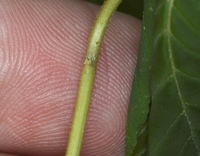 | Recorded by: Stephen Dunn on 2024-03-20
Orange Co.
Comment: |
 | Recorded by: Jim Petranka and Becky Elkin on 2023-04-29
Mitchell Co.
Comment: |  | Recorded by: Jim Petranka and Becky Elkin on 2023-04-29
Mitchell Co.
Comment: An exposed larva with frass. |
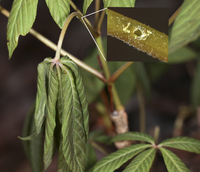 | Recorded by: John Petranka on 2023-03-22
Durham Co.
Comment: | 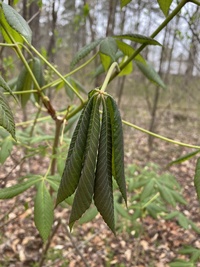 | Recorded by: David George, Stephen Hall on 2023-03-22
Orange Co.
Comment: |
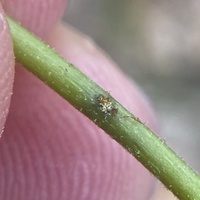 | Recorded by: David George, Stephen Hall on 2023-03-22
Orange Co.
Comment: |  | Recorded by: David George on 2023-03-21
Orange Co.
Comment: On Aesculus sylvatica. |
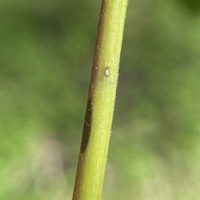 | Recorded by: David George on 2023-03-21
Orange Co.
Comment: On Aesculus sylvatica. | 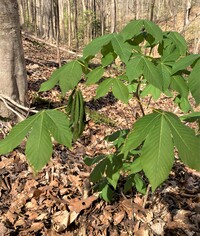 | Recorded by: Dean Furbish on 2023-03-20
Wake Co.
Comment: On Aesculus sylvatica. |
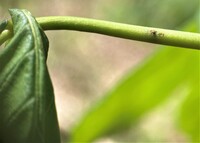 | Recorded by: Dean Furbish on 2023-03-20
Wake Co.
Comment: On Aesculus sylvatica. | 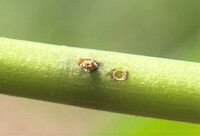 | Recorded by: Dean Furbish on 2023-03-20
Wake Co.
Comment: On Aesculus sylvatica. |
 | Recorded by: Jim Petranka on 2022-05-18
Buncombe Co.
Comment: | 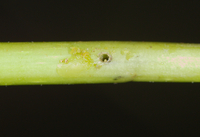 | Recorded by: Jim Petranka on 2022-05-18
Buncombe Co.
Comment: |
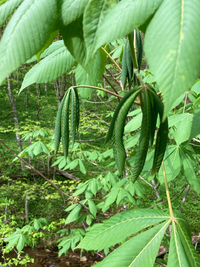 | Recorded by: Jim Petranka and Becky Elkin on 2022-05-01
Madison Co.
Comment: Wilted leaves of Yellow Buckeye. These were abundant at this site. |  | Recorded by: Jim Petranka and Becky Elkin on 2022-05-01
Madison Co.
Comment: View of a bore hole on a Yellow buckeye petiole with frass being expelled. |
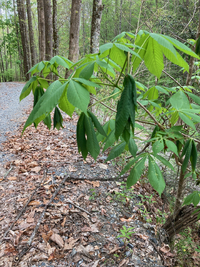 | Recorded by: Jim Petranka and Becky Elkin on 2022-05-01
Madison Co.
Comment: Wilted leaves of Yellow Buckeye. | 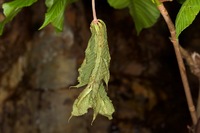 | Recorded by: Jim Petranka and Becky Elkin on 2020-05-16
Buncombe Co.
Comment: Wilted leaves with holes in petioles were common on Yellow Buckeye. Larva was removed from dried leaflets and photographed. |
 | Recorded by: Jim Petranka and Becky Elkin on 2020-05-16
Buncombe Co.
Comment: Wilted leaves with holes in petioles were common on Yellow Buckeye. This larva was removed from a mass of dried leaflets and photographed. |  | Recorded by: Jim Petranka on 2020-04-30
Madison Co.
Comment: A wilted leaf of Aesculus sylvatica (Painted Buckeye) in a native plant garden. |
|